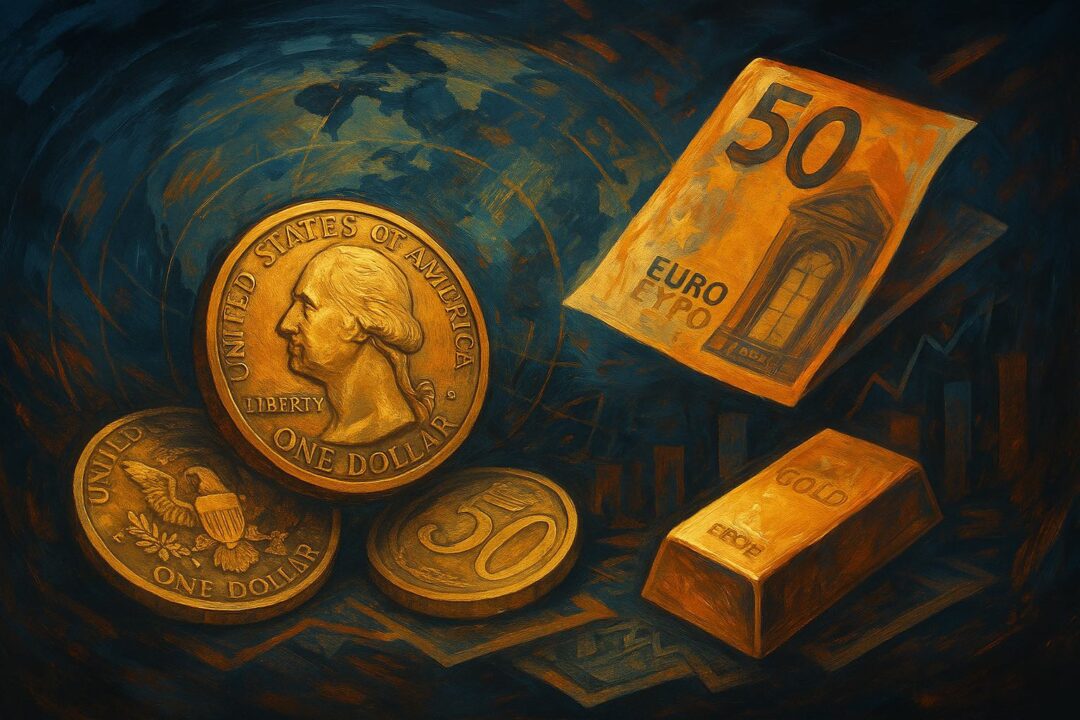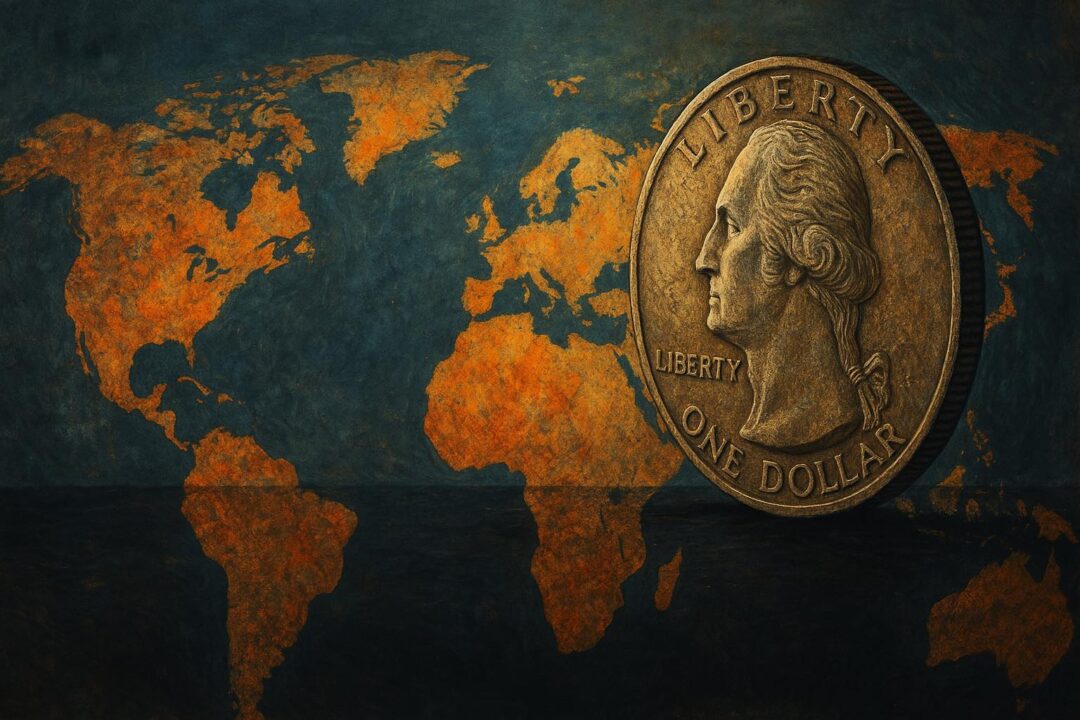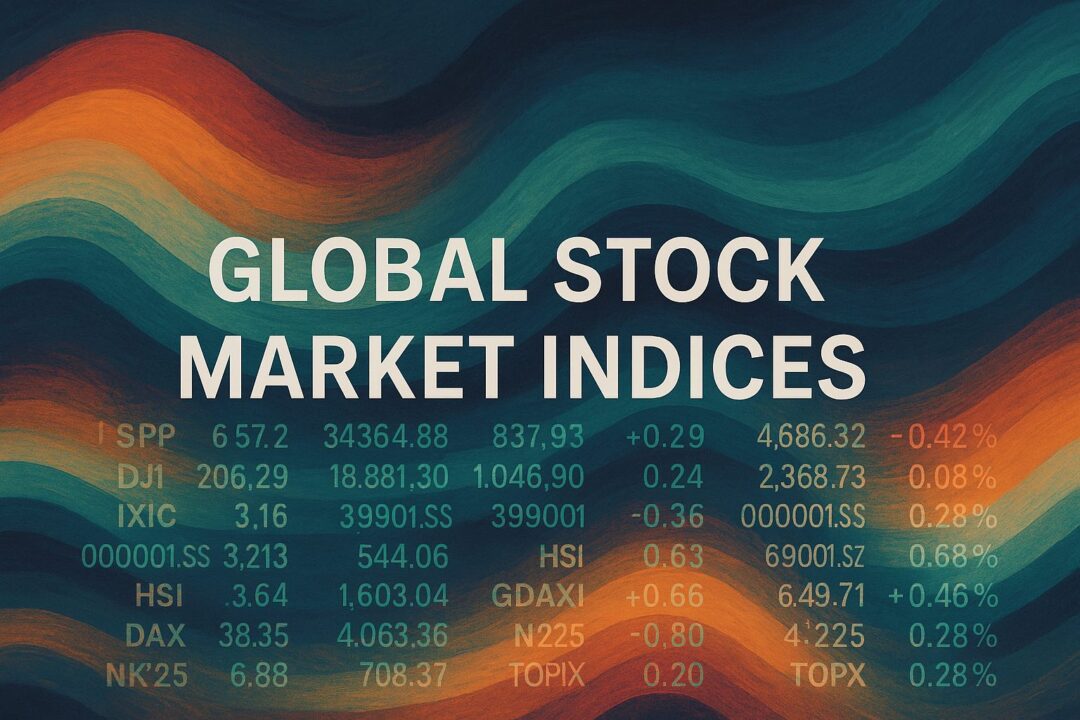There is a persistent and dangerous illusion propagated within the halls of academia, think tanks, and bureaucracies across the world: that economies can be understood, predicted, and even governed through the elegant language of equations. GDP. Trade balances. Surpluses. Deficits. These terms have been elevated into the status of sacred metrics—treated as neutral, scientific, and universally meaningful. But this belief is not only misguided—it is profoundly misleading, and in many cases, outright harmful.
The idea that GDP and trade balances are simply numbers to be plugged into models and analyzed on a spreadsheet ignores the most critical truth: these figures are not the thing itself. They are abstractions—simplifications of a vastly more complex, layered, and unequal reality. They are symbols stripped of substance. When academics and policymakers treat them as ends in themselves, they commit a grave error: they confuse the metric for the mechanism, the map for the terrain, the symbol for the system of power it represents.
GDP: A Crude Measurement for a Complex World
Gross Domestic Product is often portrayed as the ultimate scorecard of a nation’s economic health. The higher the GDP, the stronger the country—or so the logic goes. But GDP is, in truth, a blunt instrument. It aggregates without discriminating. A dollar of GDP generated by manufacturing semiconductors is treated identically to a dollar from gambling or fast food. Military R&D, cancer treatment, social unrest, or rebuilding a city after a climate disaster—all are added to the same total as if they are equally beneficial, equally meaningful.
But they are not. GDP doesn’t measure quality. It doesn’t account for strategic value, resilience, or future potential. It doesn’t capture technological leverage, intellectual property, or control over vital infrastructure. It doesn’t distinguish between building the future and patching over the failures of the past. It counts activity, not capacity. And more dangerously, it doesn’t factor in who controls that GDP. A surge in GDP driven by foreign-owned assets or extractive capital may enrich shareholders abroad more than citizens at home.
In other words, GDP is a mirage unless you ask: GDP from what? For whom? Controlled by whom? Sustained how? And at what cost?
Trade Balances: Tools of Power, Not Just Accounting
Trade surpluses and deficits are often framed as simple indicators of economic competitiveness or national strength. But like GDP, they are deeply misleading unless anchored in context. A trade deficit with China is not equivalent to a deficit with Belgium. A surplus in agricultural exports is not comparable to a surplus in rare-earth minerals or advanced microchips. These figures are not just numbers—they are reflections of power dynamics, of strategic positioning, and of economic dependence or autonomy.
Moreover, today’s surplus can sow the seeds of tomorrow’s collapse—and vice versa. A country might run a deficit today because it is importing capital goods and technologies that will generate tenfold returns in the future. Conversely, another country may post a surplus by hollowing out its domestic consumption or exploiting a temporary price spike in a single commodity, setting itself up for long-term fragility.
This is especially true in a world shaped by technological acceleration and supply chain complexity. A temporary deficit incurred by importing semiconductor manufacturing equipment could, within a decade, transform into an overwhelming surplus of geopolitical influence and economic control—one chip at a time.
Numbers Without Narrative Are Dangerous
The academic obsession with clean models and mathematical symmetry flattens the real world into something it is not. It ignores the messiness of politics, the weaponization of trade, the volatility of financial flows, the fragility of global supply chains, and the asymmetries of geography, culture, and power.
This is why economists so often miss the future. Their models are built on assumptions of rationality, equilibrium, and linearity—assumptions that do not hold in a world of pandemics, cyberwarfare, social unrest, artificial intelligence, and climate disruption. The models fail not because the math is wrong, but because the very premise is divorced from how the real world works.
For example, how do you model the long-term economic impact of controlling a critical mineral used in every battery, or the geopolitical leverage gained by dominating global shipping lanes? You can’t. Not with a tidy trade equation. These are not academic variables—they are strategic assets, and their value cannot be understood without understanding the intentions, ambitions, and vulnerabilities of the players involved.
The Illusion of Objectivity: Who Writes the Equation?
Worse still is the myth that these numbers are neutral. Every statistic is constructed. Every model is built on assumptions—what to include, what to ignore, what timeframe to use, what value to assign. And those assumptions are not made in a vacuum. They reflect ideology, priorities, and blind spots.
The GDP framework, for example, came into prominence during wartime to measure output and capacity. It was never meant to be a moral measure, or even a strategic one—it was a logistical one. Yet it has become the shorthand for national success. Why? Because it serves a purpose. It simplifies. It gives politicians and institutions a clean story to tell, even when that story masks decay, inequality, or short-sightedness.
Trade balances, too, are often weaponized in political discourse without acknowledging the complexity of modern trade—where a deficit in goods may be offset by a surplus in services, intellectual property, or long-term strategic positioning. But nuance is inconvenient, and so the narrative remains stuck in a 20th-century framework while the world evolves into something unrecognizable.
Toward a More Strategic View of Economics
If we are to face the future honestly, we must abandon the illusion that numbers alone can guide us. We must learn to think in terms of systems, dynamics, intentions, and consequences. We must develop frameworks that incorporate geopolitics, technology, culture, resource control, and timeline asymmetries.
We need to ask not “What is the GDP?” but “What is its composition, who controls it, and what can it become?”
Not “Is there a trade surplus?” but “What does that surplus consist of, and how does it change the balance of power in five, ten, or twenty years?”
Not “What does the model say?” but “What is the model blind to?”
Economic strength is not a matter of counting—it is a matter of capacity, adaptability, leverage, and foresight. The equations are not useless, but they are not enough. In fact, when taken as gospel, they are worse than useless—they are dangerous. Because they give the illusion of understanding while leaving us blind to the forces that actually determine our fate.
It is time to move beyond the tyranny of metrics. The future will not be shaped by spreadsheets. It will be shaped by those who understand the deeper currents—and who are willing to see past the numbers.
Discover more from Brin Wilson...
Subscribe to get the latest posts sent to your email.



